Compost has so many great benefits and uses in the lawn and garden. This organic, and versatile soil amendment is often considered ”Black Gold”.
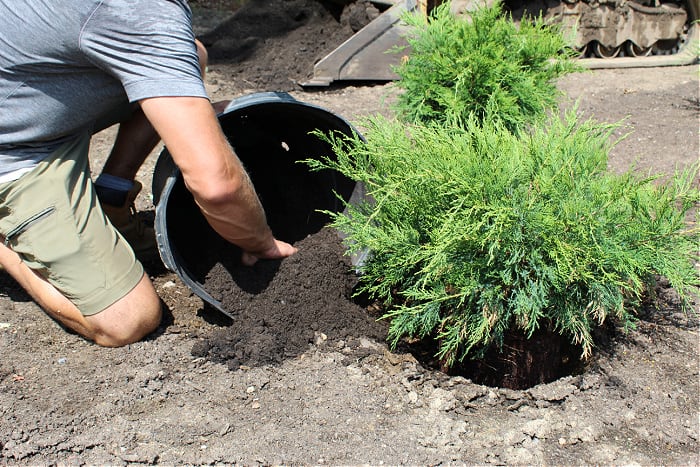
There’s so many benefits and great ways to use compost around your home and garden. Whether you’re working in the lawn, vegetable garden, or flower beds, compost is your friend. Comprised of decomposed organic material such as leaves, grass, sticks, food scraps, etc., composting is an amazing way to turn household and yard waste into a valuable tool around your home.
Benefits of Compost
1. Balancing Soil Density
Soil density is important. Too clay like and soil remains wet, with little air flow. This causes a number of problems with root development and overall plant health. Too sandy and water will flow right through the soil and dry out quickly making it difficult for the plant to take in water and nutrients.
Compost has the unique ability to balance soil density in both clay, and sandy soils. Compost makes clay soil drain better and increases air flow. In sandy soils it acts as a wetting agent, allowing the soil to remain moist for a longer period of time.
2. Enriches the Soil
Compost enriches the soil in two ways. First, is the more obvious explanation. Compost generally contains important nutrients such as Nitrogen, Phosphorus, and Potassium. The amounts of each nutrient vary depending on how the compost is derived and a number of other factors. It’s important to point out though that the amount of nutrients in compost is actually pretty small in terms of percent compared to something you would buy that’s labeled as a fertilizer. However, compost is usually applied at heavier rates and therefor can make up for the difference.
Second, in addition to being a source of nutrients, compost actually helps with the soils ability to hold nutrients. This is done by increasing the soils CEC (Cation Exchange Capacity).
3. Balances pH
Generally, compost has a pretty neutral pH, between 6 and 8. Most plants benefit from a neutral pH of around 7. This means that adding compost which has a neutral pH to an acidic soil will help increase the pH of the soil. In a soil that is too alkaline, composts neutral pH helps to lower the pH of the soil.
4. You Don’t Need Much
When planting, amending the existing soil with about 25%-30% compost is enough to significantly improve your soil. Also, if you already have plants established, adding a layer of compost to the surface of the soil, (known as topdressing), about 1/2” thick is also beneficial. Earthworms and other organisms living in the soil will help work the compost that’s on the surface down into the soil where it benefits the plants.
5. You Can Make Your Own
You can make your own compost at home, for free! Grass clippings, leaves, sticks, food waste, and other materials we consider trash around our home and yard are perfect for the compost pile. Check out how to get started composting here.
Uses for Compost
1.In the Lawn
Spreading a thin layer of compost over your lawn, also know as top dressing your lawn, has so many benefits. You can improve drainage if you have clay soil, and you can also increase water retention if you have sandy soil. It also increases microbial activity, and enriches the soil. When done with core aeration, the benefits of compost increase greater.
If you’re trying to repair bad areas in your lawn, or do a full on renovation, a thin layer of compost is perfect for creating good seed to soil contact, which is crucial for seed germination.
2. In Planting Beds and Vegetable Gardens
In new vegetable gardens and planting beds, compost makes a fantastic soil amendment. Even if your existing soil is very poor, whether too sandy, or too clay like, adding compost is beneficial. For new beds that don’t have plants, consider working the compost deep into the soil using a shovel or rototiller.
Instead, or in addition to, you can backfill plants with a mixture of compost and the excavated soil from the plant you’re digging into the ground.
For garden beds that already have plants, just top dress with compost around the base of each plant about 1/2” thick. Remember, even a top dressing is beneficial as earthworms and other organisms help work the compost into the existing soil where it’ll benefit the plants.
3. Compost Tea
With compost, you can make compost tea, which is pretty much a liquid version of compost, with a lot of the same benefits. Watering house plants, fruits, vegetables, herbs, and ornamentals with compost tea provides the plant with water and nutrients, organically. It’s actually very easy to make compost tea, and the best part is you can use it on your plants as much as you want and you never have to worry about burning them.
4. DIY Potting Mixes
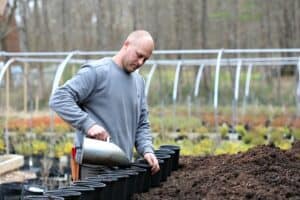
Compost is great to use in DIY soilless potting mixes. Soilless mixtures can be made from various materials but some common ones are bark fines, peat moss, vermiculite, and compost. Just be careful you don’t make the mix too rich in compost if using for potted plants since compost can retain too much water and cause the roots to remain wet for too long. Generally, I don’t like to exceed more than 25% compost in my soilless mixes.
Check Out These Posts Next
Follow Me
Join my free email list!


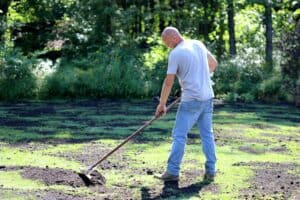
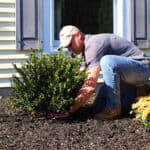
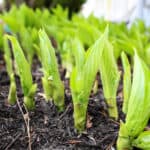
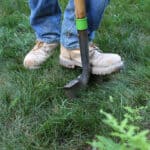

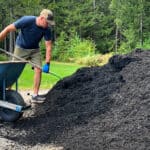
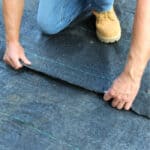
Hello Mark, Thank you for a excellent article on compost ( black gold) ! For those of us who can no longer use a sprinkler system due to water bans, it seems to make a lot of sense to add compost to your soil to increase water retention. Am I correct in thinking that? Also, for new lawn installs, should I be mixing compost to the soil for added benefits instead of straight loam? Many thanks! Charlie Reynolds